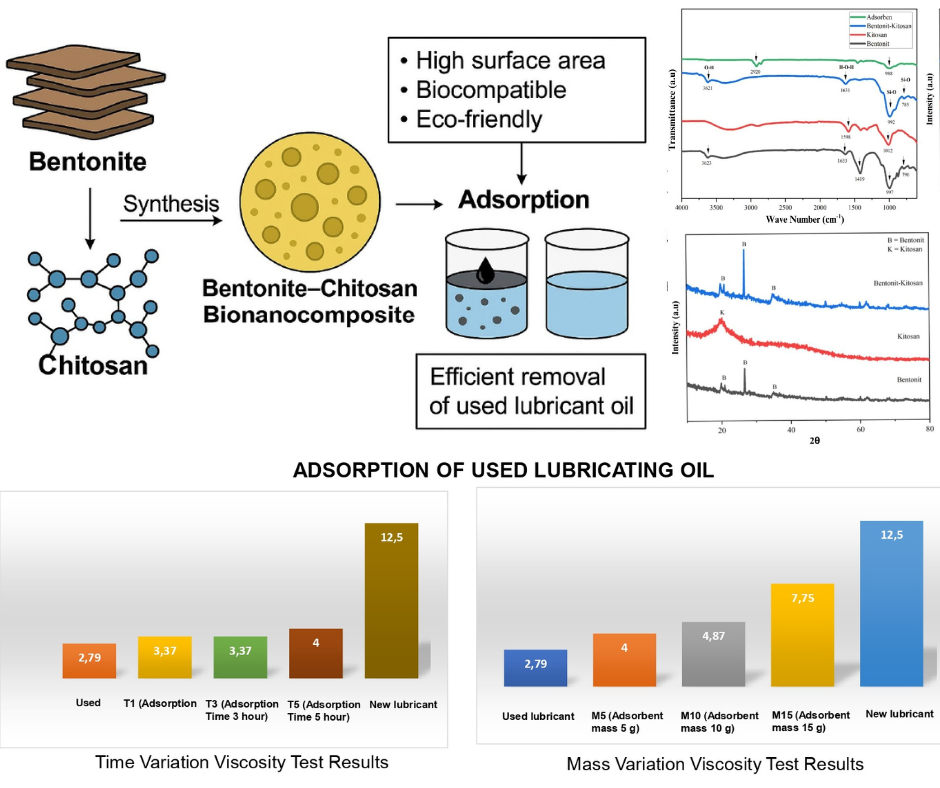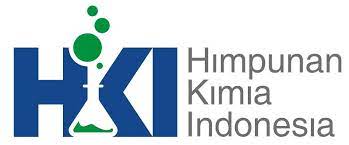
Bentonite-chitosan bionanocomposite for adsorption of used lubricant oil
Bentonit-kitosan
DOI:
10.29303/aca.v8i1.220Published:
2025-05-31Issue:
Vol. 8 No. 1 (2025)Keywords:
Bentonite, chitosan, adsorption, lubricating oil, viscosityArticles
Downloads
How to Cite
Siregar, S. H., Nurhaliza, D. ., & Ramadhanti, A. R. . (2025). Bentonite-chitosan bionanocomposite for adsorption of used lubricant oil: Bentonit-kitosan. Acta Chimica Asiana, 8(1), 548–554. https://doi.org/10.29303/aca.v8i1.220
Downloads
Download data is not yet available.
Metrics
Metrics Loading ...






 Indonesian Chemical Society, Chapter Nusa Tenggara. Jalan Majapahit 62 Mataram, University of Mataram, 83125, Indonesia
Indonesian Chemical Society, Chapter Nusa Tenggara. Jalan Majapahit 62 Mataram, University of Mataram, 83125, Indonesia





